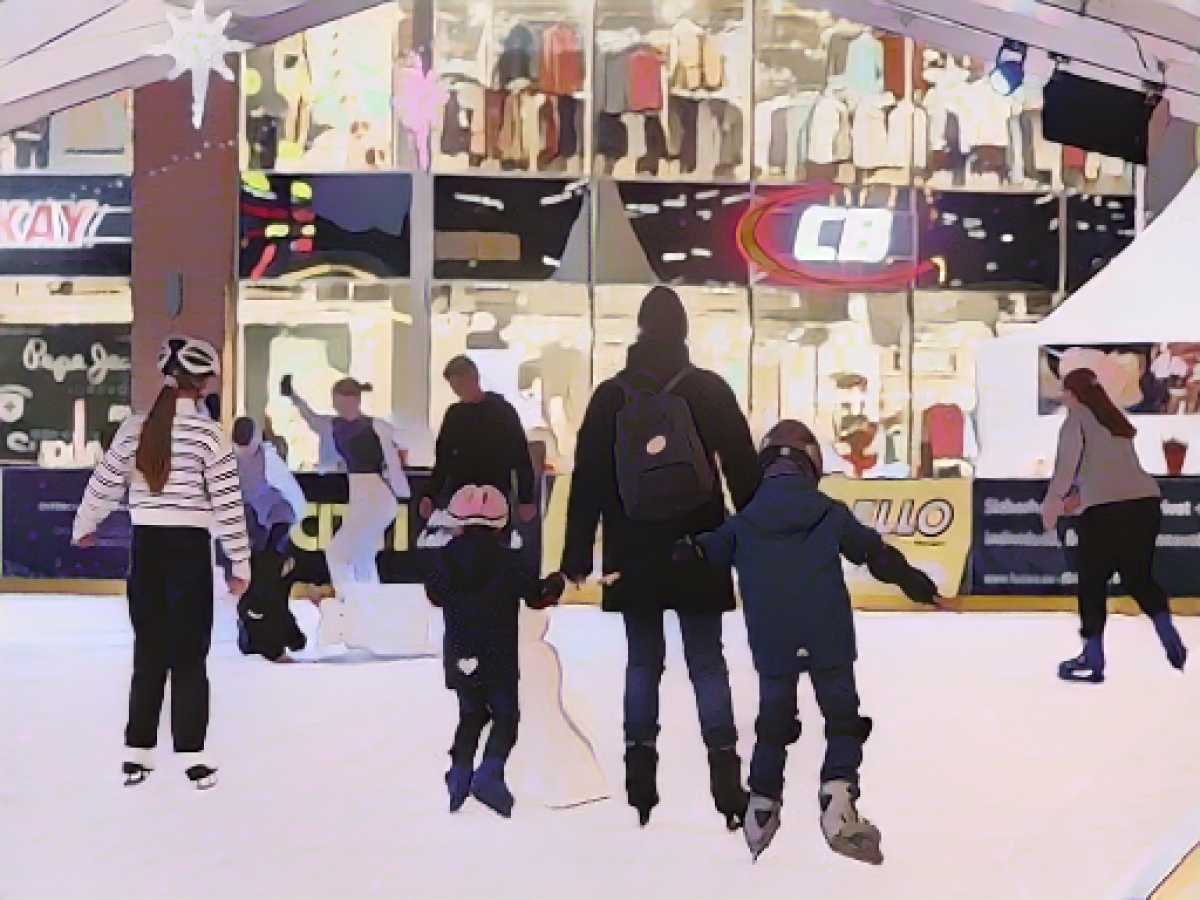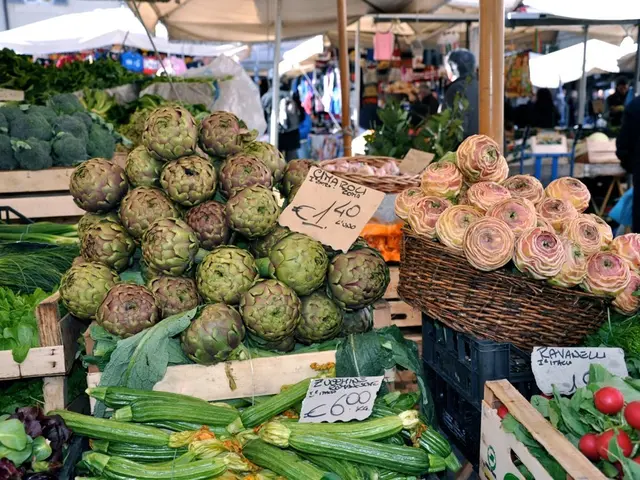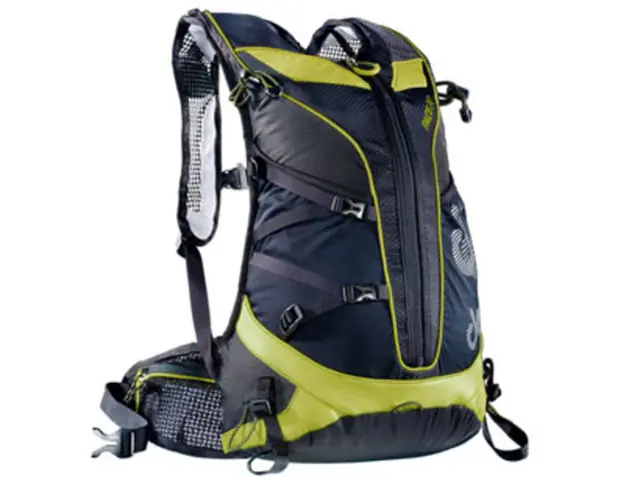Winter ice rinks sprinkle magic across many German towns, from Christmas market attractions to standalone skating surfaces. Last year, amidst the energy crisis, numerous locations reshaped their usual ice offerings or shifted to alternative materials. However, 2023 sees some municipalities, like Grömitz and Scharbeutz, heading back to traditional ice surfaces.
Cities such as Kiel, Elmshorn, and Flensburg are following suit, utilizing real ice. Energy and climate change concerns are never far from their minds; these locales intend to lower energy consumption this season. In Kiel, real ice’s comeback promises a 30% energy saving compared to 2019/2020, says the marketing department. Measures include a Styrodur insulating layer beneath the ice surface, reducing energy loss and dependency on cooling. The coolers activate only when necessary, while green energy powers the entire operation.
Flensburg's ice rink will also rely on green energy, while Elmshorn aims to cut energy usage by 30% through innovation and technology. Neumünster, instead, will keep the environment top-of-mind, opting for a plastic ice rink at their Christmas market. This choice promises electricity savings of 20,000 euros.
Lübeck opted out of an ice rink entirely to minimize CO2 emissions and promote sustainability. Yet, ice entertainment shines on in the city’s mega shopping mall, where a covered synthetic ice rink pops up. St. Peter Ording, likewise, understands the pulse of the crowd: although no ice skating is possible in the North Sea town, visitors can glide on synthetic curling rinks at the Christmas market.
People yearning for winter fun head to Grömitz and Scharbeutz's real ice rinks. Green-powered skating experiences await families in Flensburg, as winter frolics evolve towards sustainability.
Insights:
World-renowned ice rinks and sports venues also pioneer green transformations. For instance, Minneapolis' Parade Ice Garden completed a full renovation in 2015, improving energy efficiency with new systems. The Barclays Arena in Hamburg uses a graywater system to conserve water and support sustainability efforts. Similarly, AEG Germany has a broad sustainability strategy, measuring carbon footprints, using renewable resources, fostering biodiversity, and minimizing waste. These examples inspire a shift in thinking about ice rinks and the role they can play in contributing to a more sustainable world.








